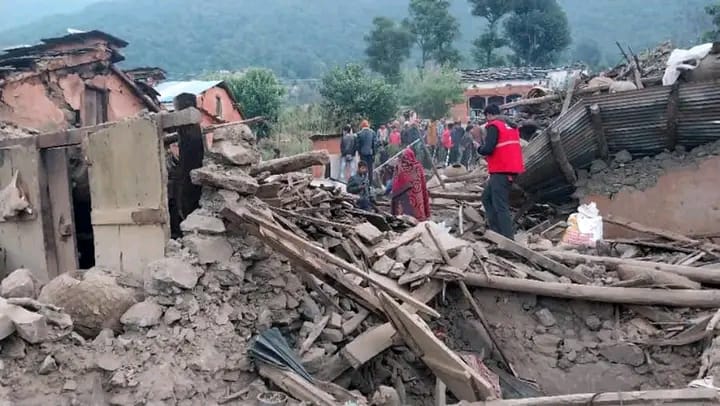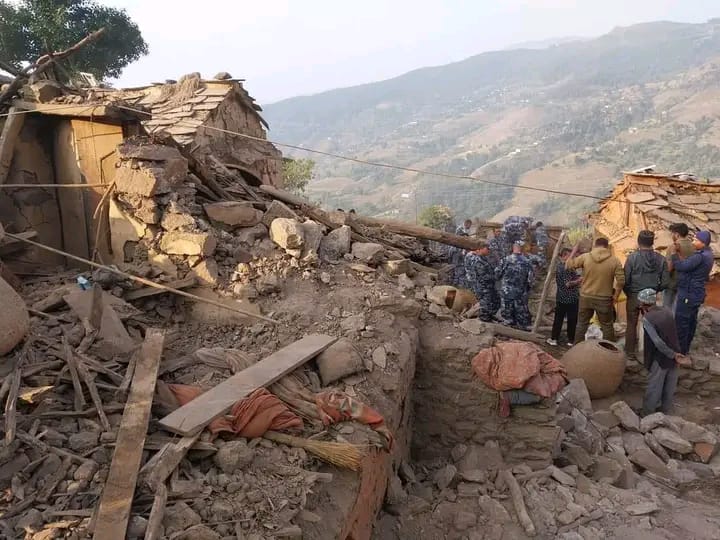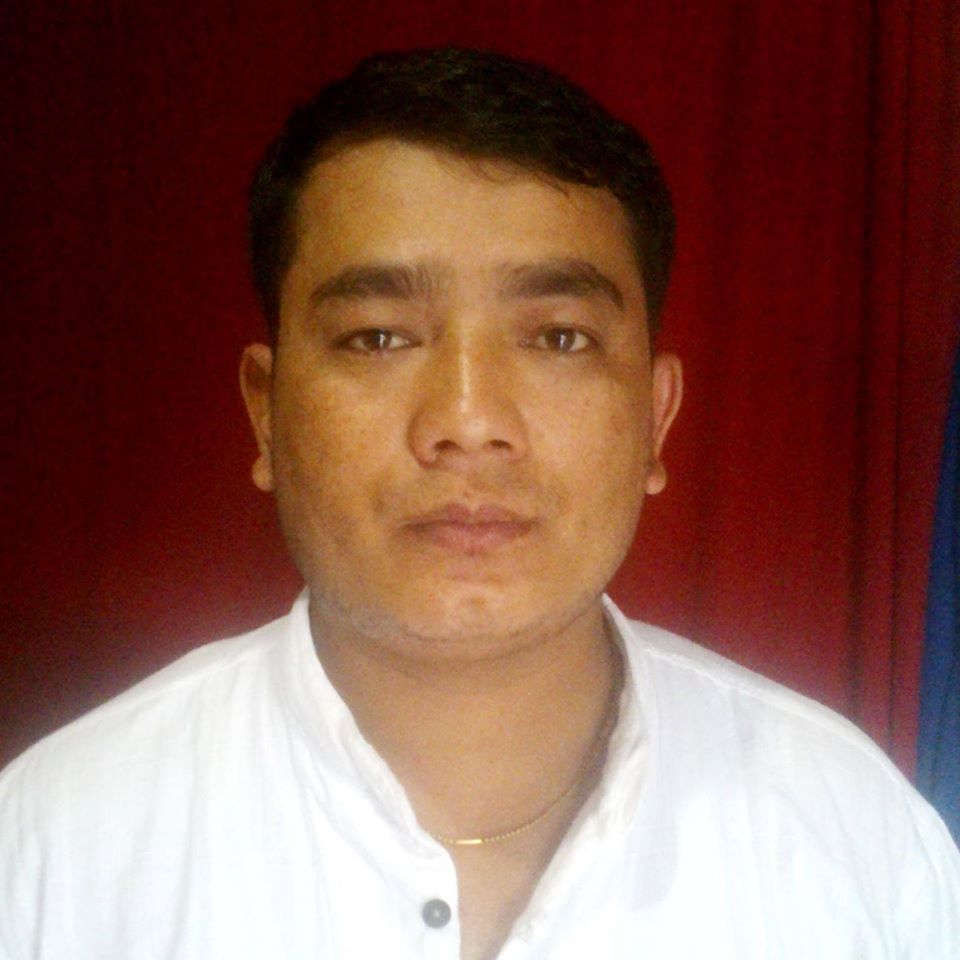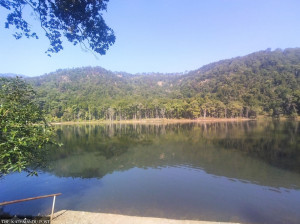Sudurpaschim Province
Children, pregnant women and new mothers at risk of infections post quake
At least six people died, 12 were injured, and hundreds displaced in M6.6 earthquake that rocked the Purbichauki Rural Municipality in Doti district on Wednesday.
Arjun Poudel & Mohan Shahi
Until Wednesday evening, personnel from Nepal Army, Armed Police Force, and Nepal Police struggled to set up makeshift shelters to house quake-displaced people in the Purbichauki Rural Municipality of Doti district.
At least six people died, 12 were injured, and hundreds were displaced by the 6.6 magnitude (on Richter scale) earthquake that rocked the Purbichauki Rural Municipality of Doti at 2:12am on Wednesday. The epicentre of the early morning earthquake was Khaptad National Park, according to the National Seismological Centre.
Police identified the deceased as Bhagawati Bohara, 40, Sita Bohara, 13, Prem Bohara, 50, Tulasi Bohara, 14, Dhansari Bohara, 14, and Harka Bohara, 8.
Doctors deployed to Gairagaun, the most affected village, in Ward 3, said that two seriously injured people were airlifted to Dhangadhi for treatment.
“Ten other victims, whose health conditions are not serious, have been referred to the district hospital,” Dr Rajendra Prasad Phulara, a medical officer serving at the district hospital, Doti, who has been deployed for the treatment of quake victims, told the Post over the phone from Purbichauki Rural Municipality. “Elderly people, small children, pregnant women, new and lactating mothers are also in the villages. They are highly vulnerable to respiratory and other communicable diseases.”

The affected villages are around 35 kilometres from the district headquarters and near the Khaptad National Park. Health workers say that the dip in temperature poses further health risks to the displaced victims.
As many as 235 people from 39 families in Gairagaun have been displaced. They have been sheltered under tents in the open. Deputy Superintendent of Police Bhola Prasad Bhatta said that several people from other villages have also taken shelter in the tents fearing aftershocks.
The District Administration Office is yet to assess the damage. Ram Prasad Upadhyay, the chairman of Purbichauki Rural Municipality, said some of the displaced people have been taking shelter at a local school building.
According to Bharat Bohara, a local, 10 of the total 39 houses in Gairagaun were completely destroyed by the earthquake. He said all the houses in the settlement developed cracks and are not safe to live in.
“Some houses have incurred damage. The jolts have created fissures and people cannot live there,” said Phulara. “With the number of displaced possibly increasing in the aftermath, there are chances of outbreaks of respiratory and diarrheal diseases especially since the area does not have safe drinking water sources.”

Officials at the rural municipality said that they have been coordinating with the local administration and security agencies to move the displaced people to a safe shelter.
Nepal Army and the district Red Cross offices have distributed tents to them.
“We have also given out rice, dal, and pulses,” Ram Prasad Upadhyay, chairman of the rural municipality, told the Post over the phone from the affected village.
Health workers, however, say the distribution of dry foods—mostly beaten rice and noodles—increases the chance of malnutrition among children.
“We are aware of the risk of infections and problems of malnutrition,” said Dr Jagadish Joshi, acting director at the Health Directorate under the Ministry of Social Development of the Sudurpaschim Province. “We have been corresponding with agencies concerned to make nutritious foods and essential medicines available at the earliest.”

Officials at the Health Office Doti said that they have supplied essential medicines to the local health facilities of the affected rural municipality.
Doctors say the risk of outbreaks of waterborne and vector-borne diseases and viral infections escalate in the aftermath of natural calamities. Diarrheal outbreaks were recorded after the 2015’s mega-earthquake, which had killed around 9,000 people, and injured and displaced thousands.
Meanwhile, the cremation of the six deceased was carried out after postmortem by a team of doctors deployed from the district hospital.
The Ministry of Health and Population said that it has been closely following the latest developments in the quake-hit areas of Doti.
“We have been taking the latest updates of the development of quake-hit areas,” said Dr Roshan Pokhrel, secretary at the Ministry of Health and Population. “We will provide all kinds of help sought by health agencies of the provincial government.”




 14.12°C Kathmandu
14.12°C Kathmandu












%20(1).jpg&w=300&height=200)

